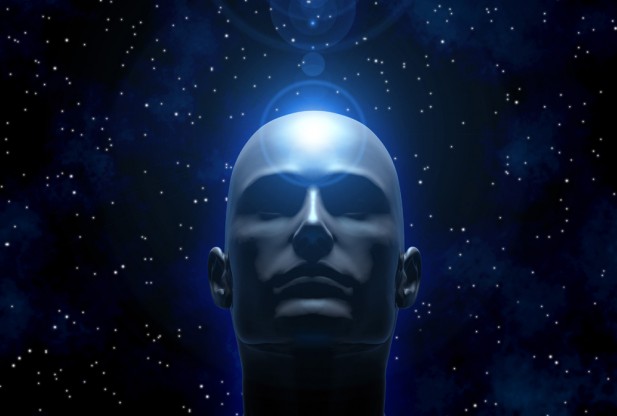Give it up, science deniers. You don't get equal time:
Sunday's episode of Cosmos was all about evolution. It closely followed the rhetorical strategy of Charles Darwin's world-changing 1859 book, On the Origin of Species, beginning with an example of "artificial selection" by breeders (Darwin used pigeons, Cosmos used domestic dogs) to get us ready to appreciate the far vaster power of natural selection. It employed Darwin's favorite metaphor: the "tree of life," an analogy that helps us see how all organisms are living on different branches of the same hereditary tree. In the episode, Tyson also refuted one of the creationist's favorite canards: the idea that complex organs, like the eye, could not have been produced through evolution.
Over at the pro-"intelligent design" Discovery Institute, they're not happy. Senior fellow David Klinghoffer writes that the latest Cosmos episode "[extrapolated] shamelessly, promiscuously from artificial selection (dogs from wolves) to minor stuff like the color of a polar bear's fur to the development of the human eye." In a much more elaborate attempted takedown, meanwhile, the institute's Casey Luskin accuses Tyson and Cosmos of engaging in "attempts to persuade people of both evolutionary scientific views and larger materialistic evolutionary beliefs, not just by the force of the evidence, but by rhetoric and emotion, and especially by leaving out important contrary arguments and evidence." Luskin goes on to contend that there is something wrong with the idea of the "tree of life."
Tell that to the scientists involved in the Open Tree of Life project, which plans to produce "the first online, comprehensive first-draft tree of all 1.8 million named species, accessible to both the public and scientific communities." Precisely how to reconstruct every last evolutionary relationship may still be an open scientific question, but the idea of common ancestry, the core of evolution (represented conceptually by a tree of life), is not.

